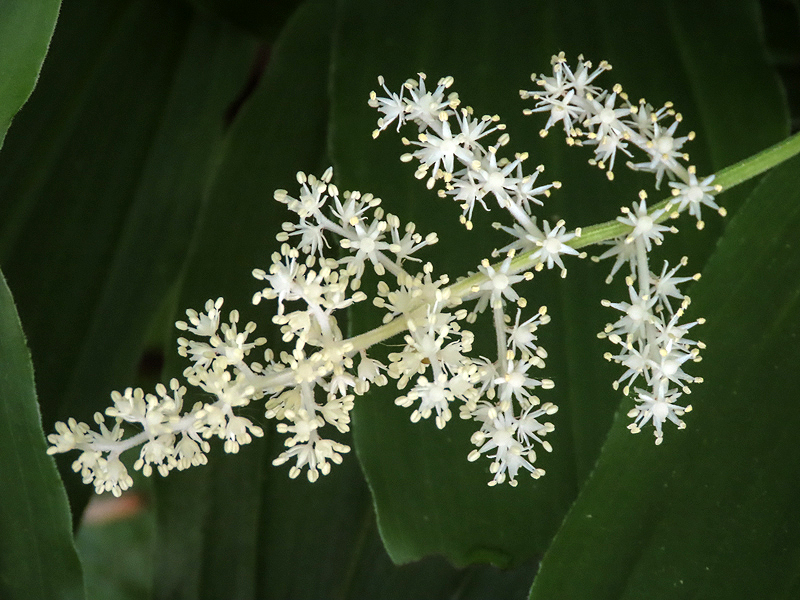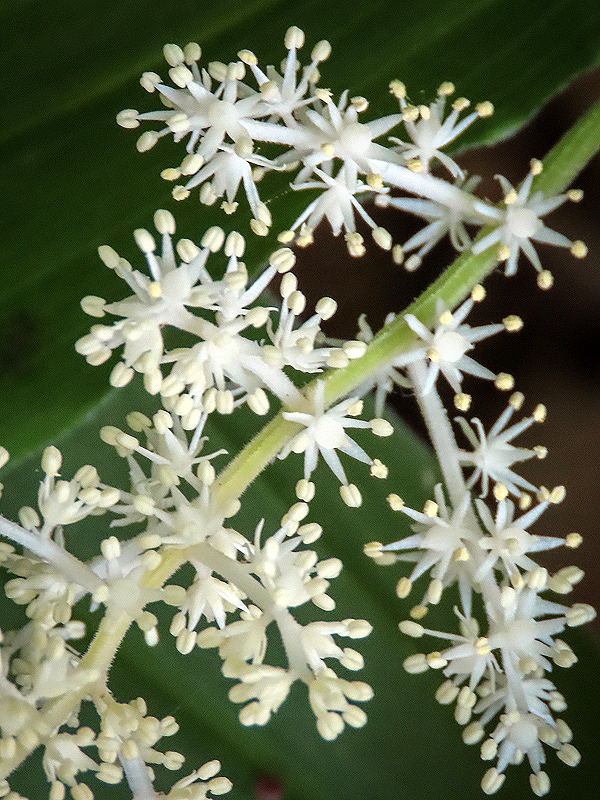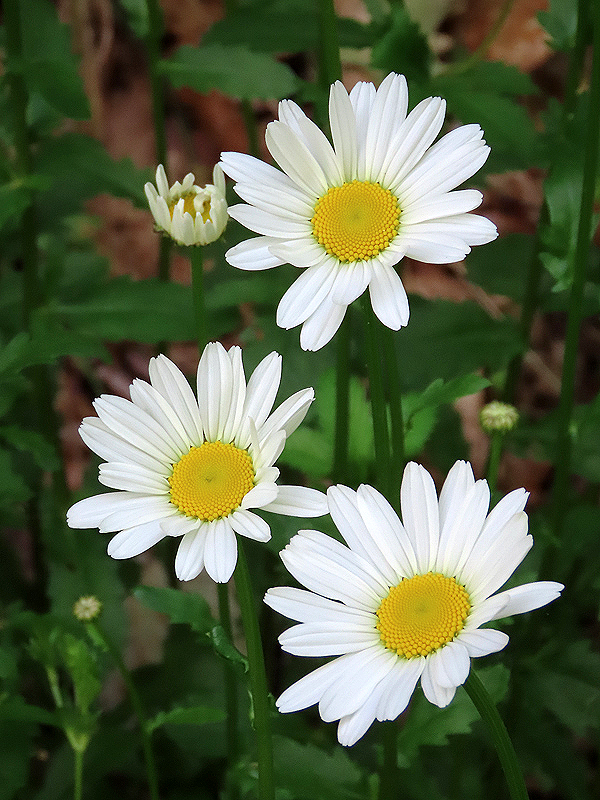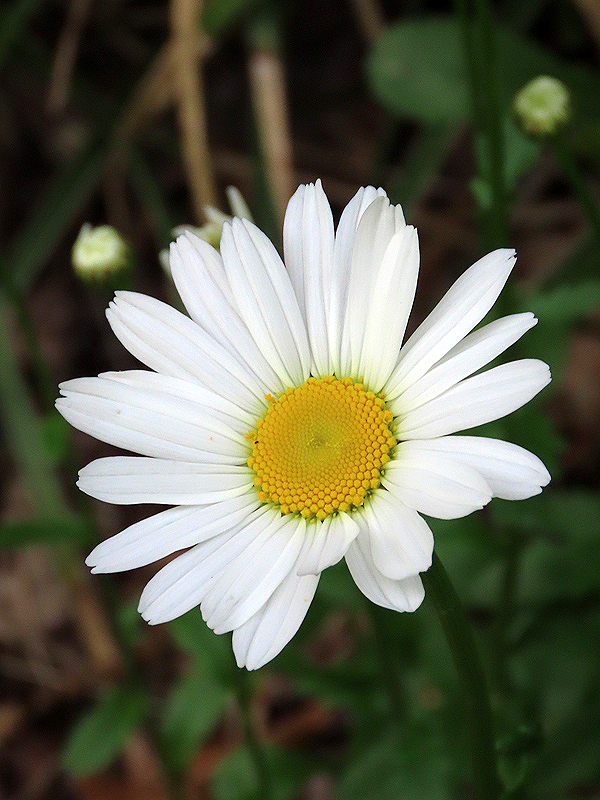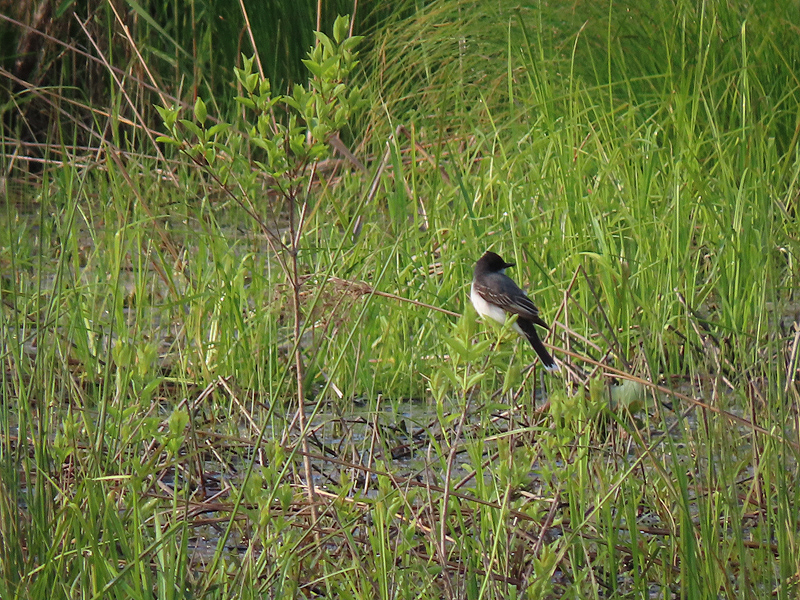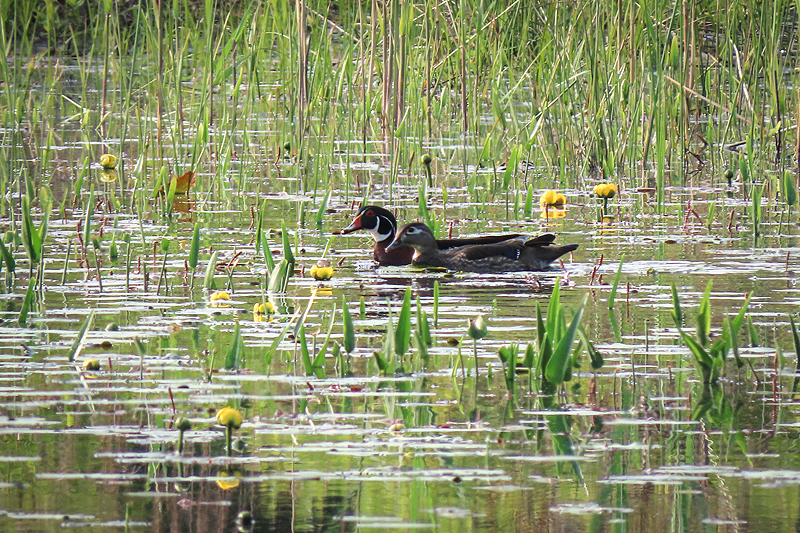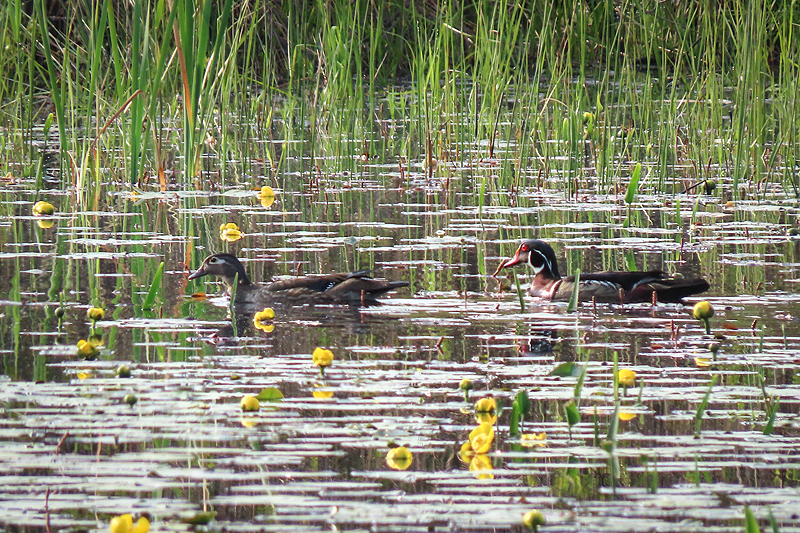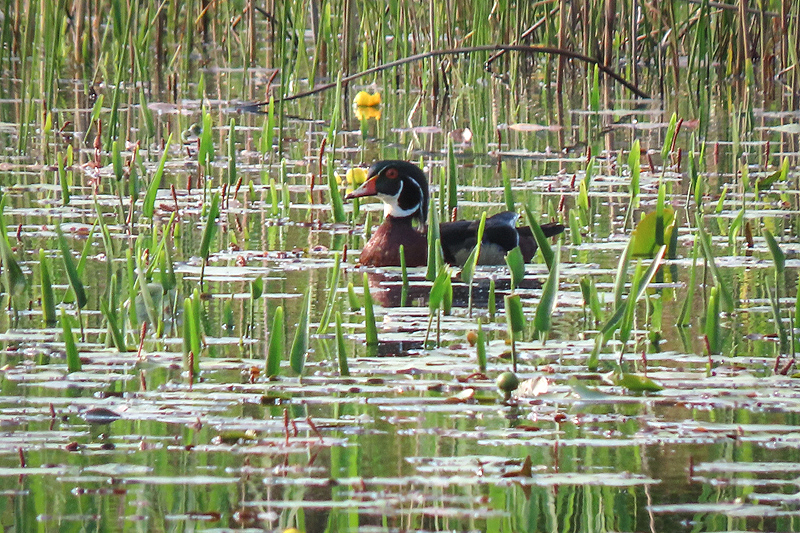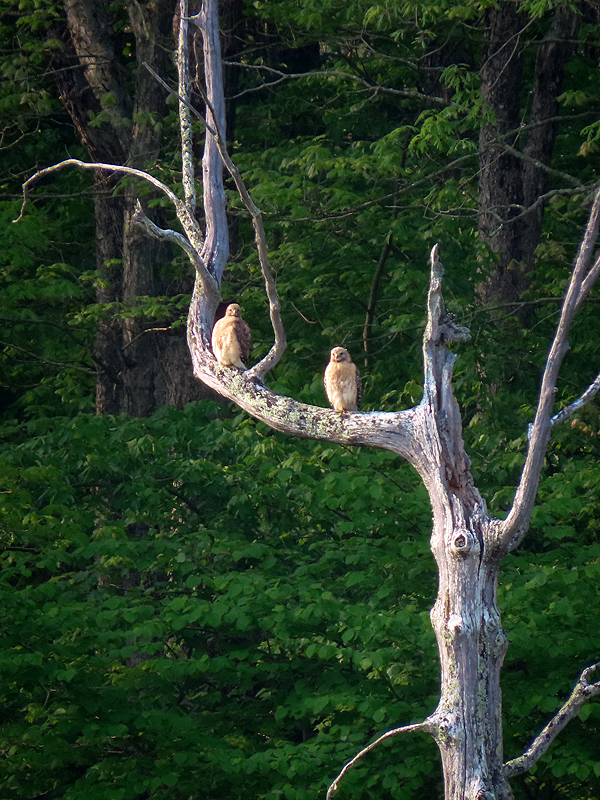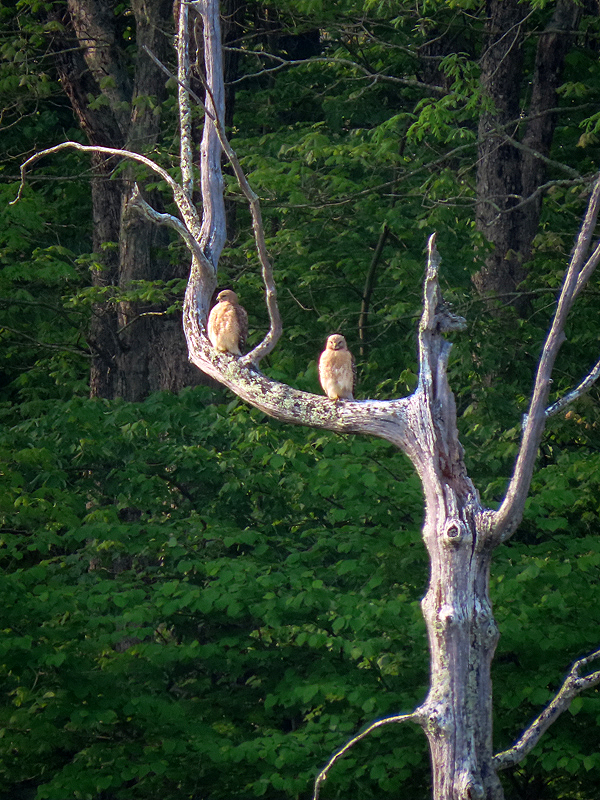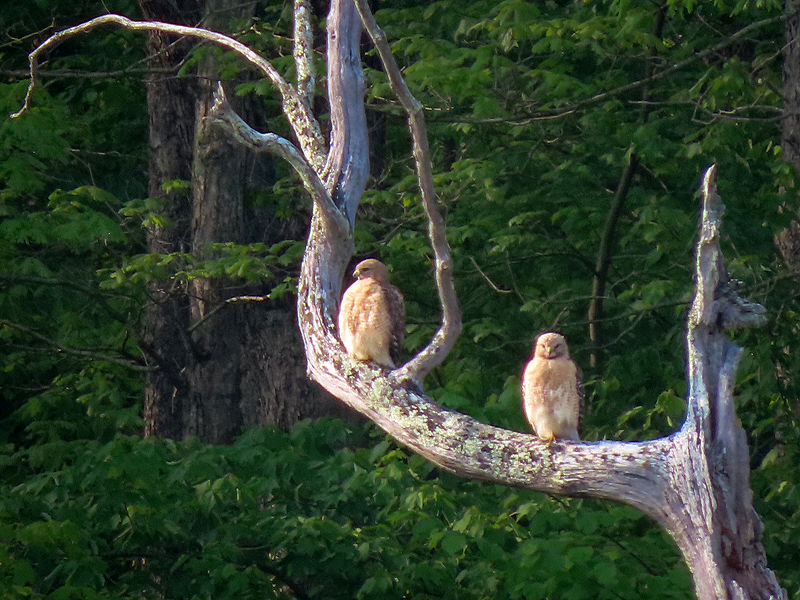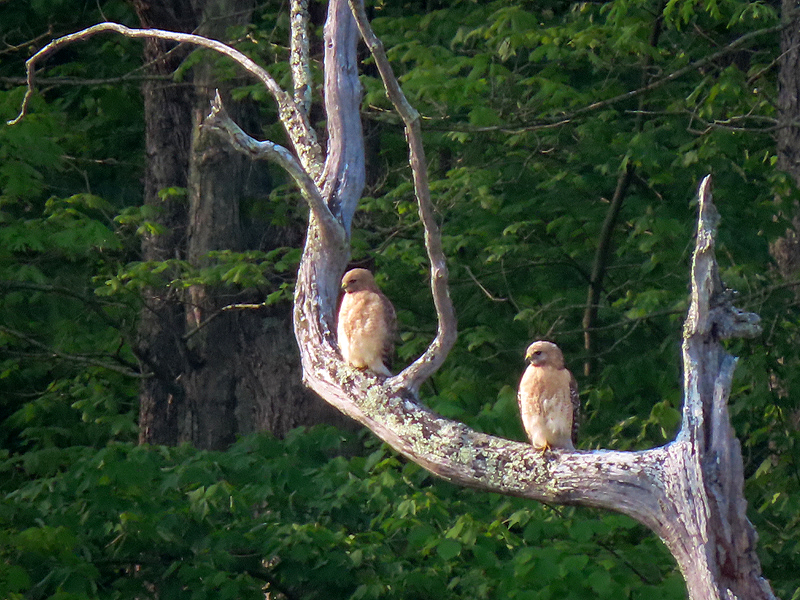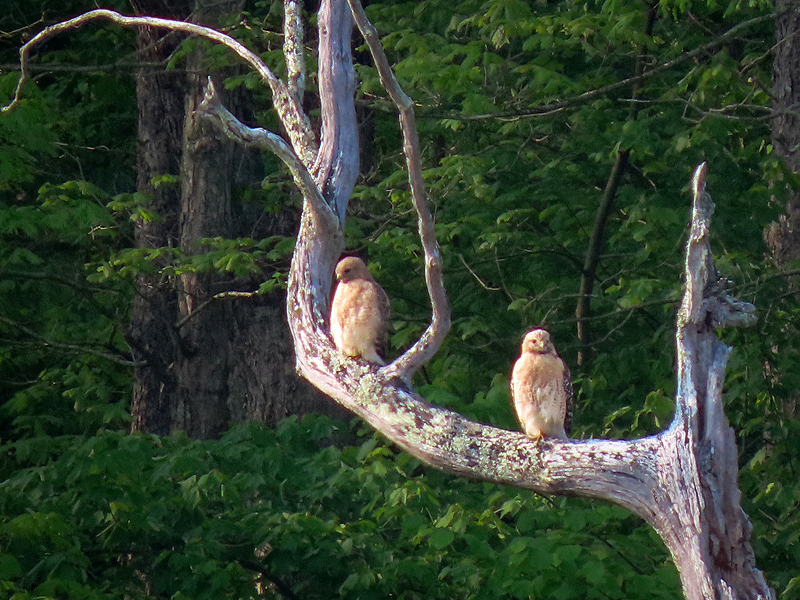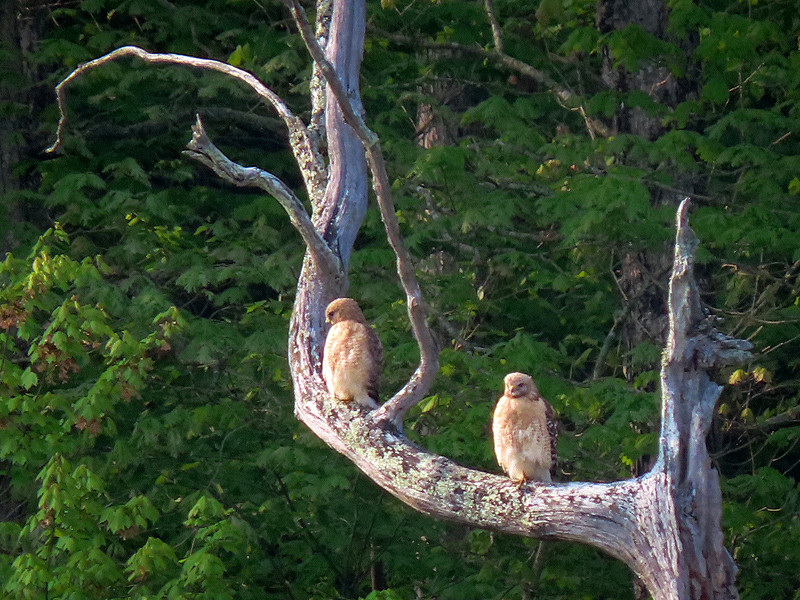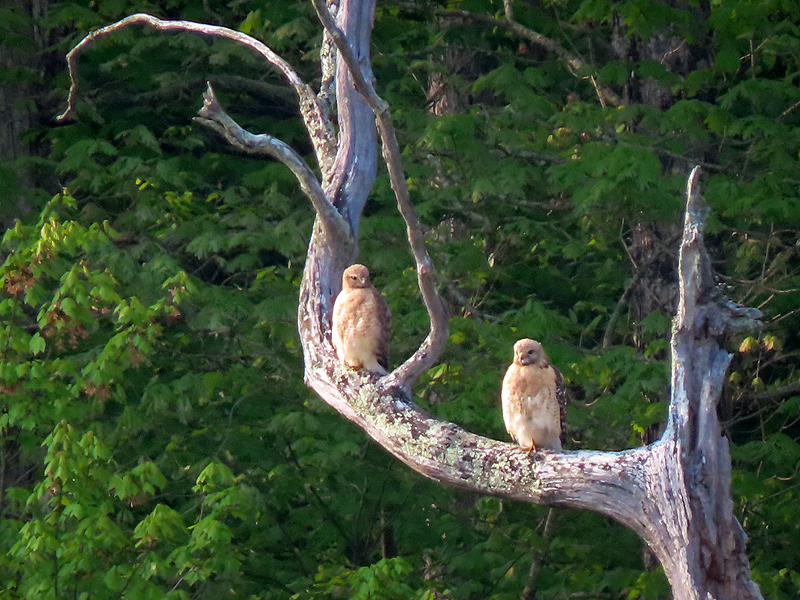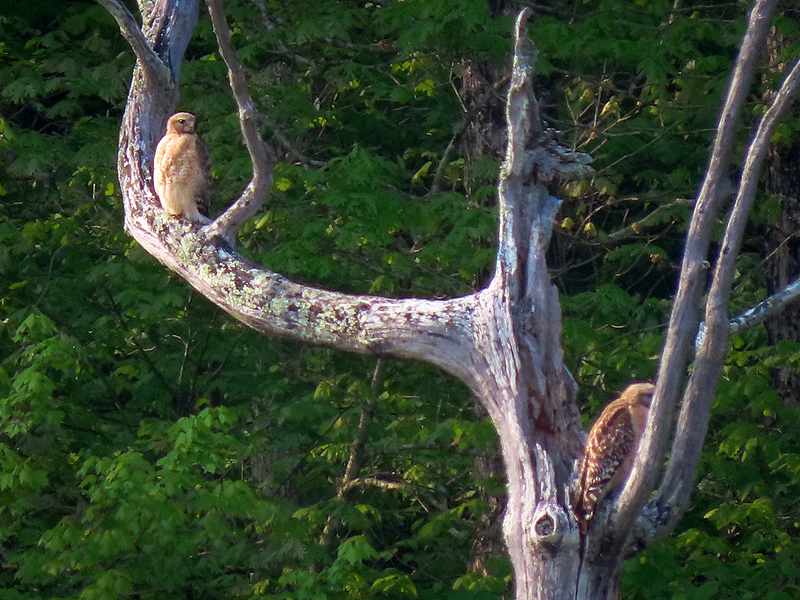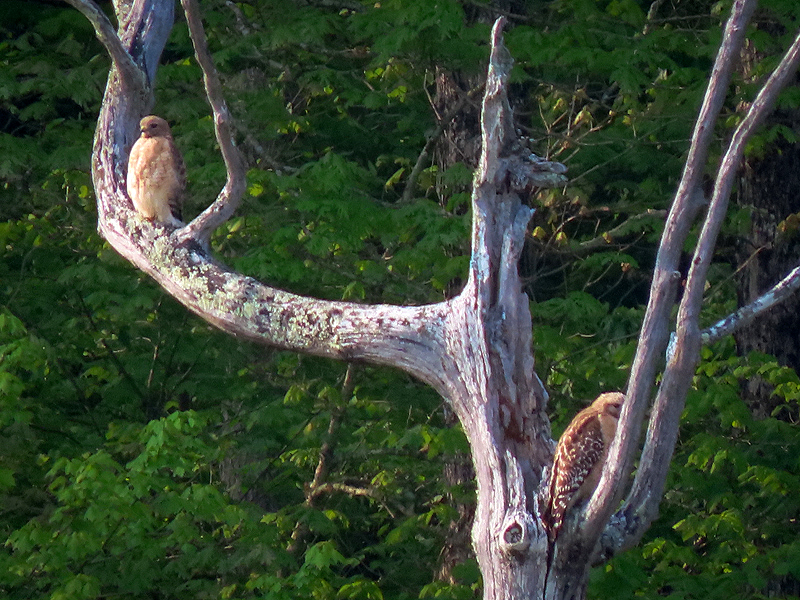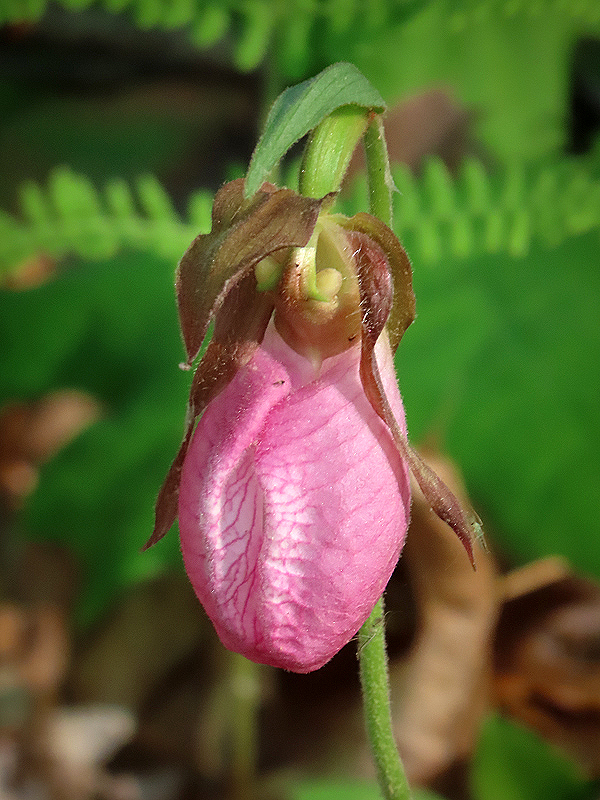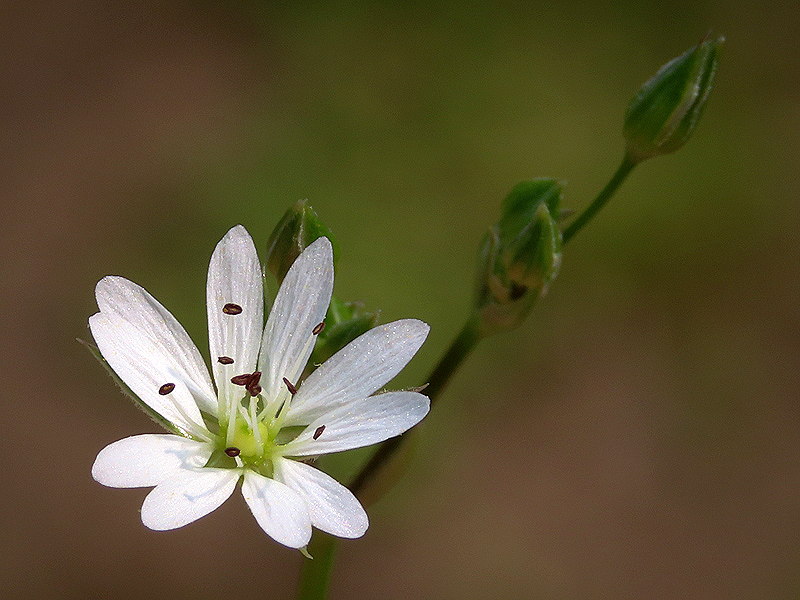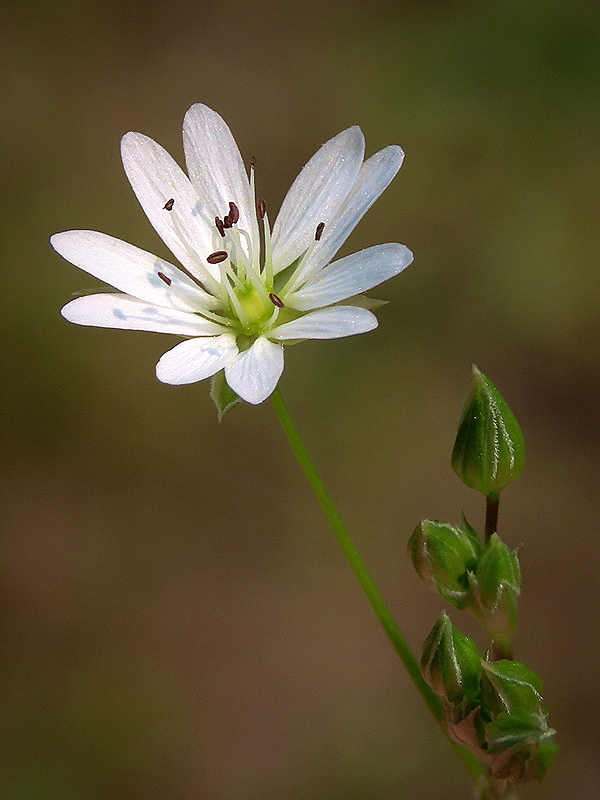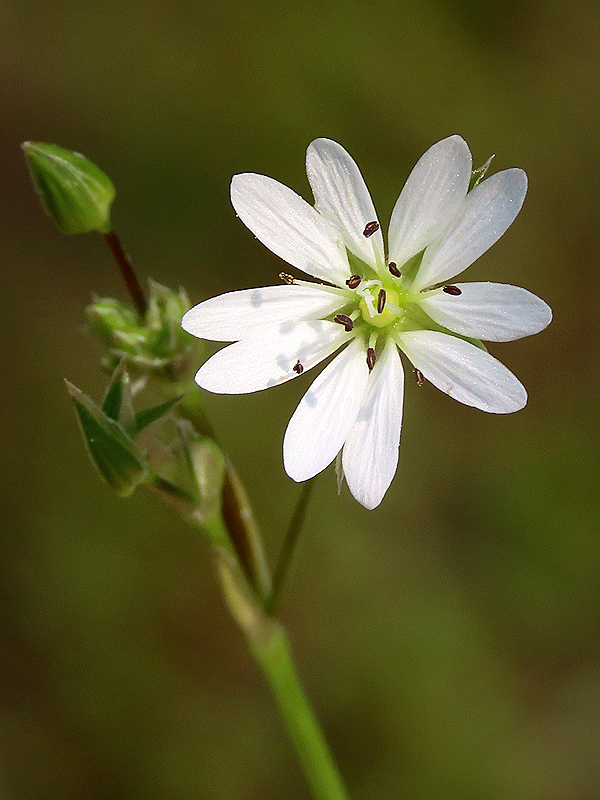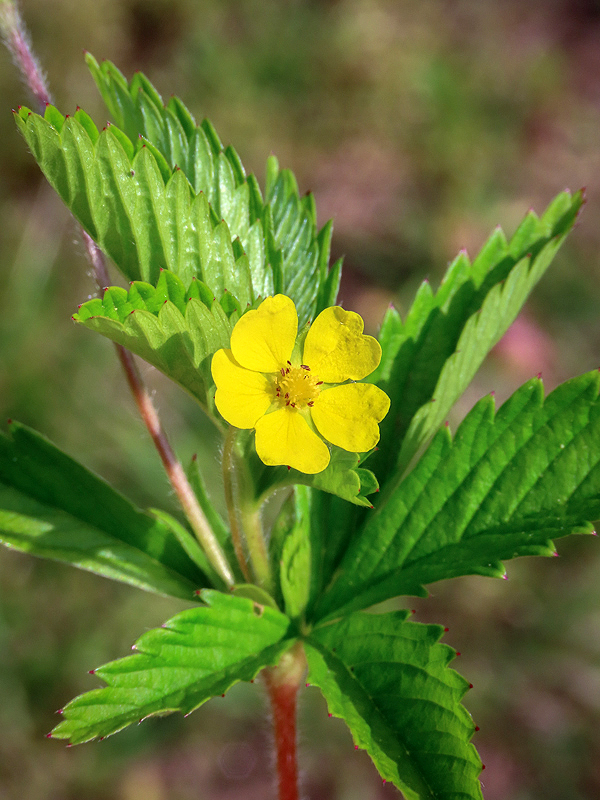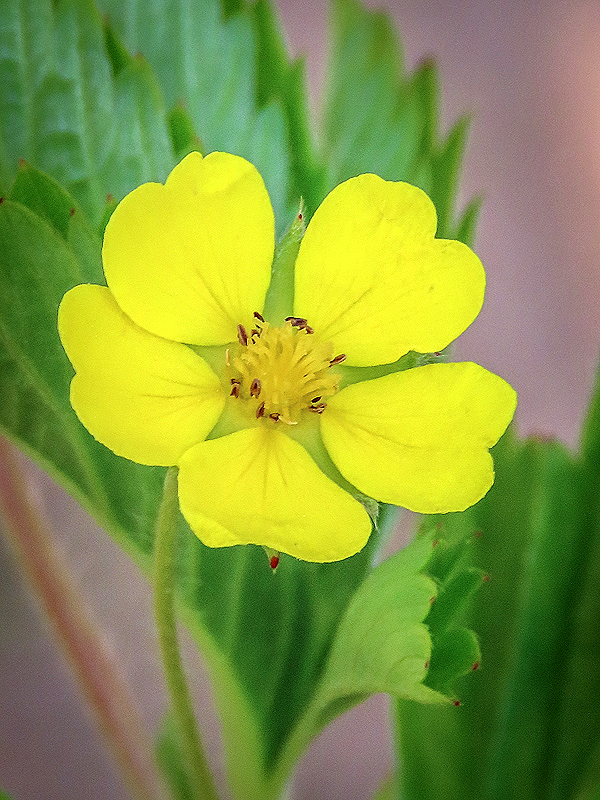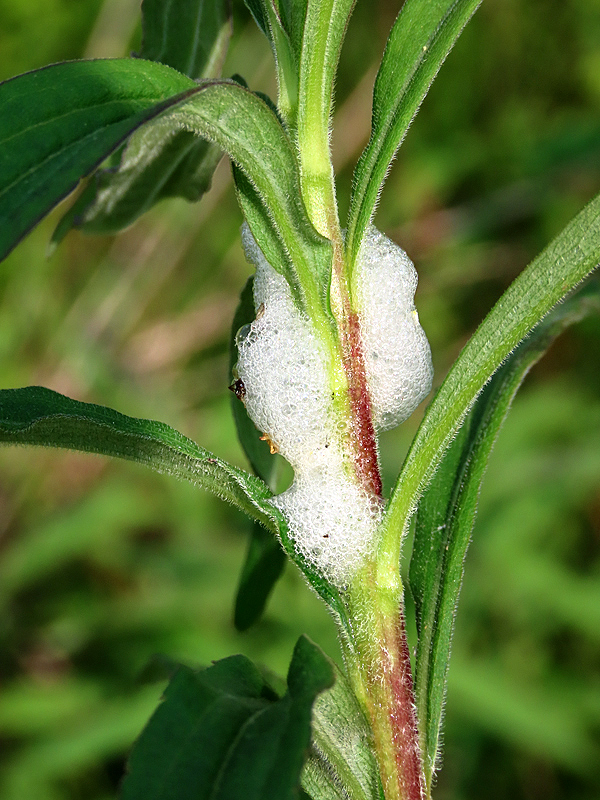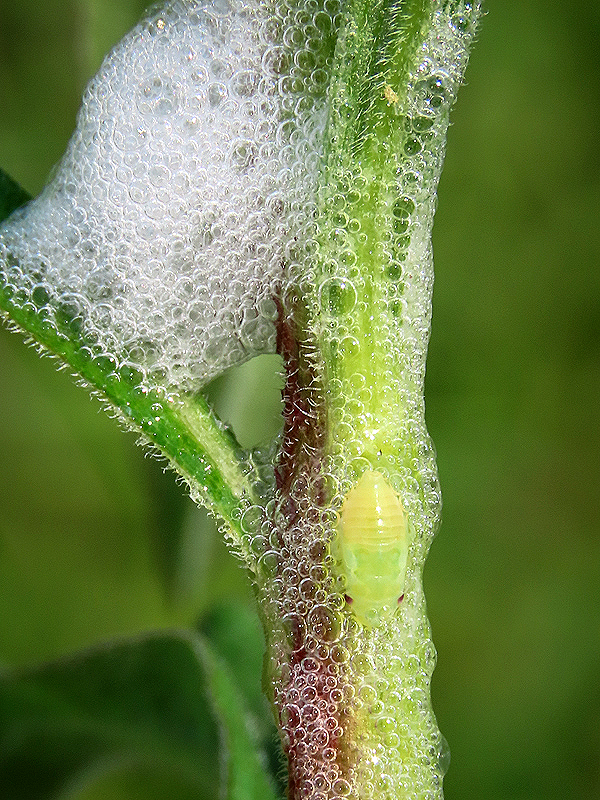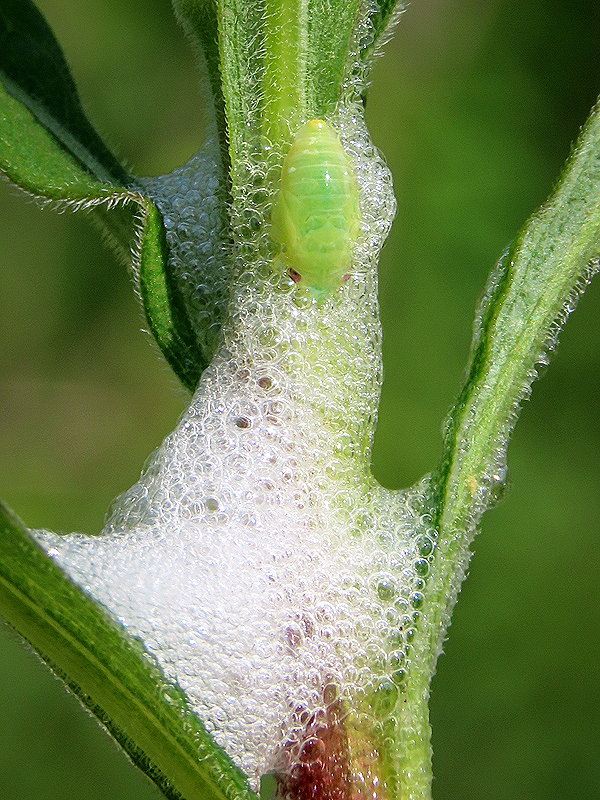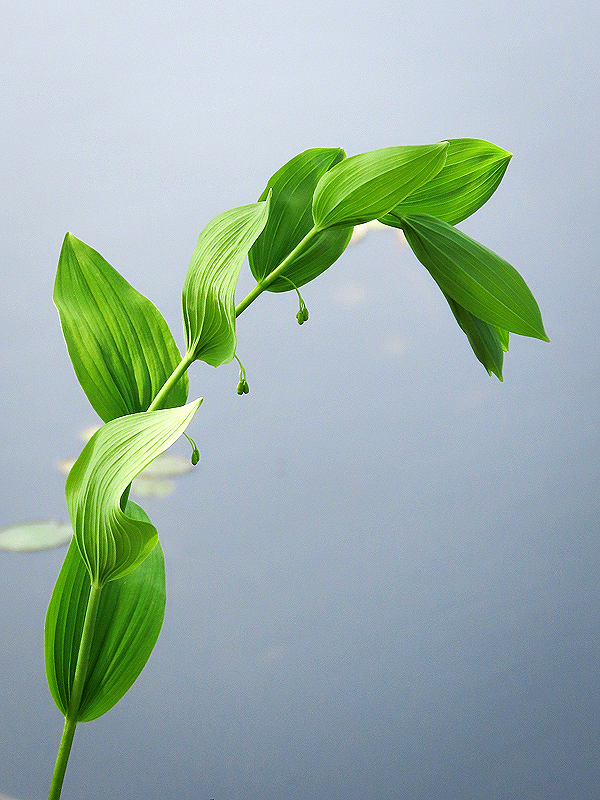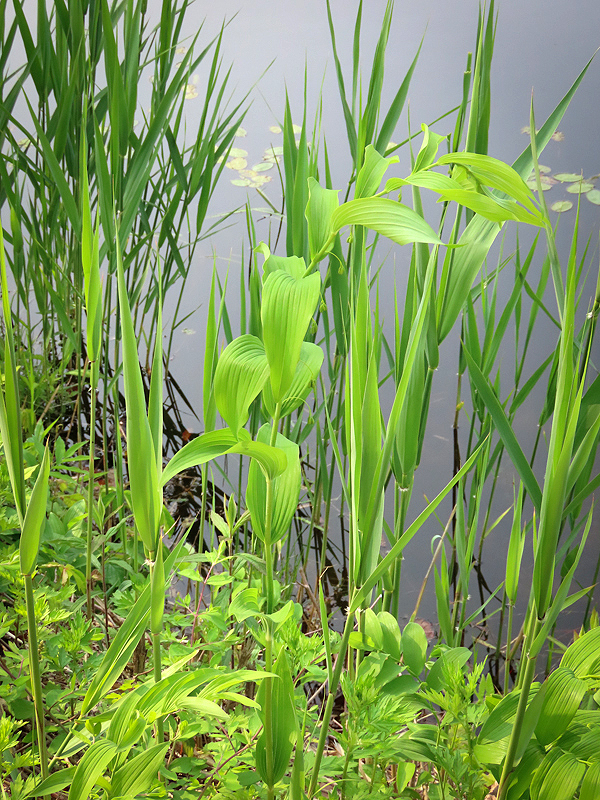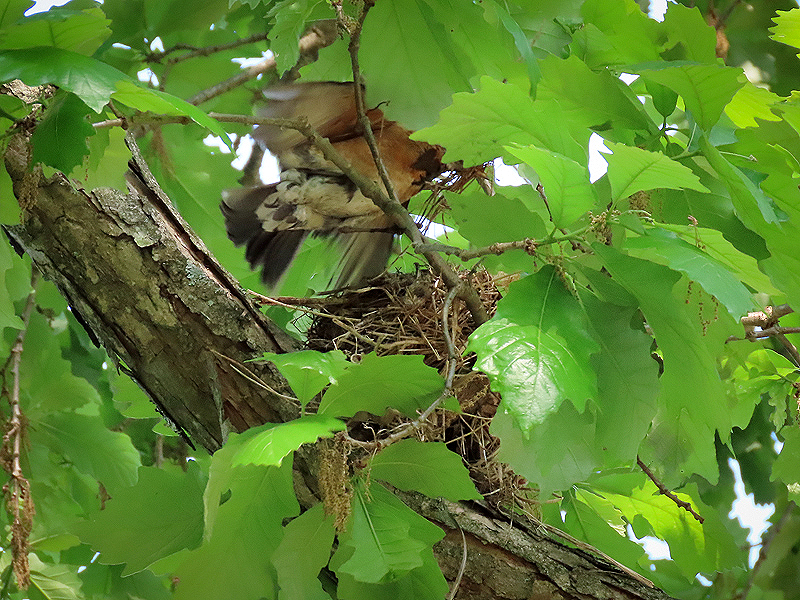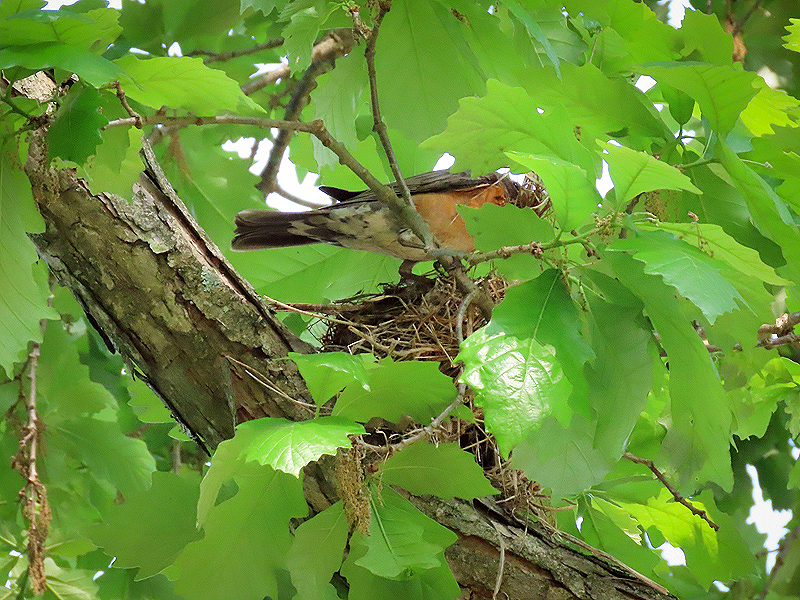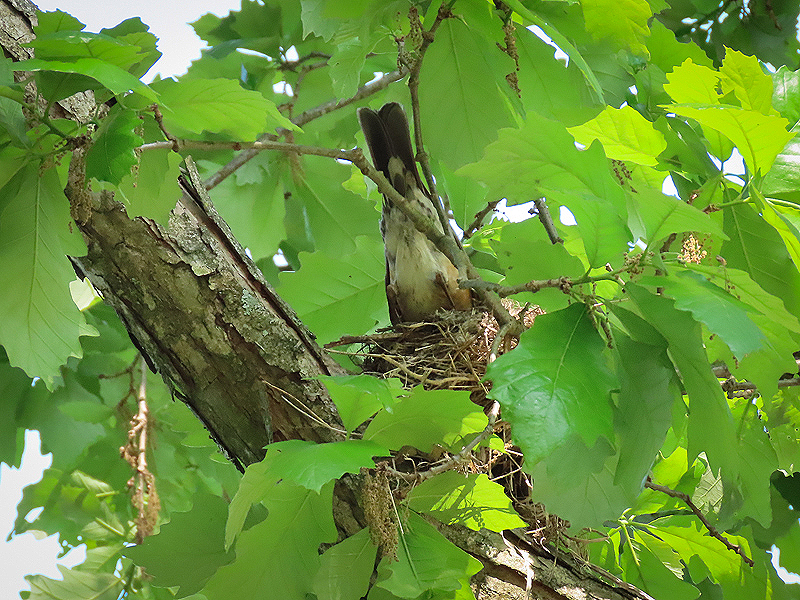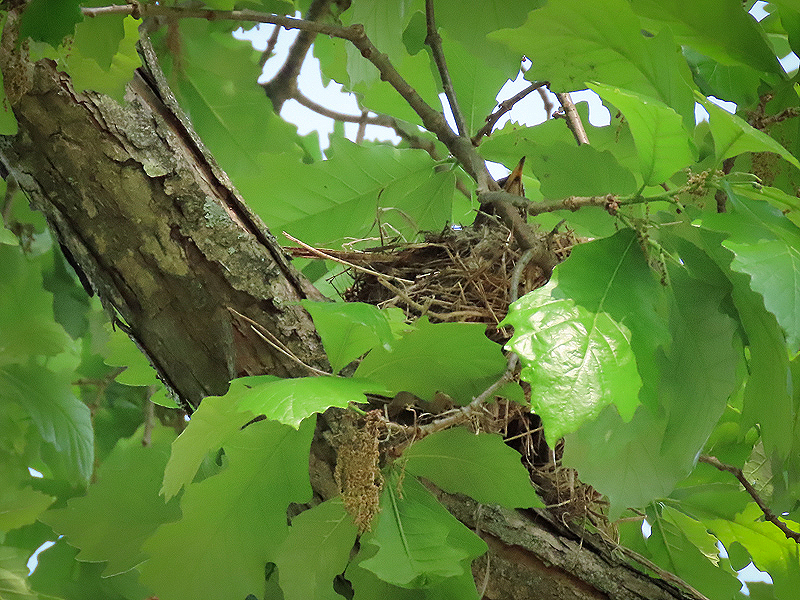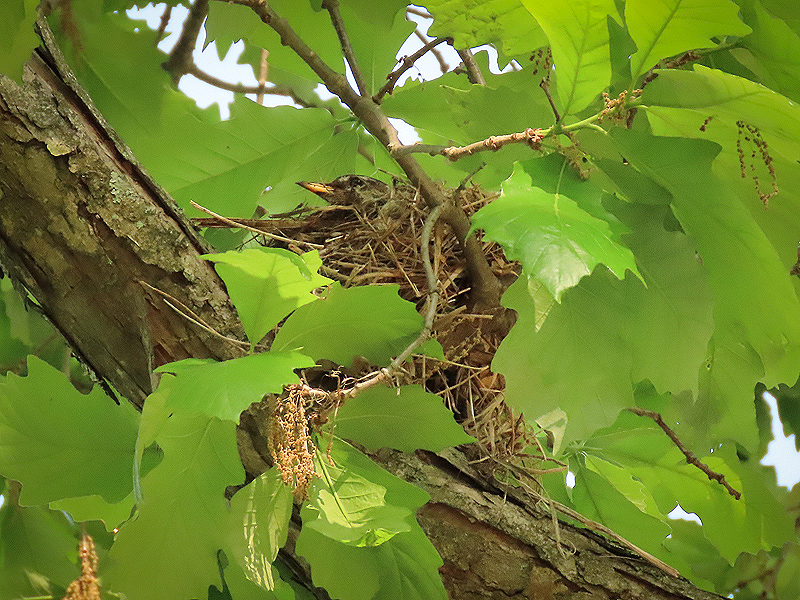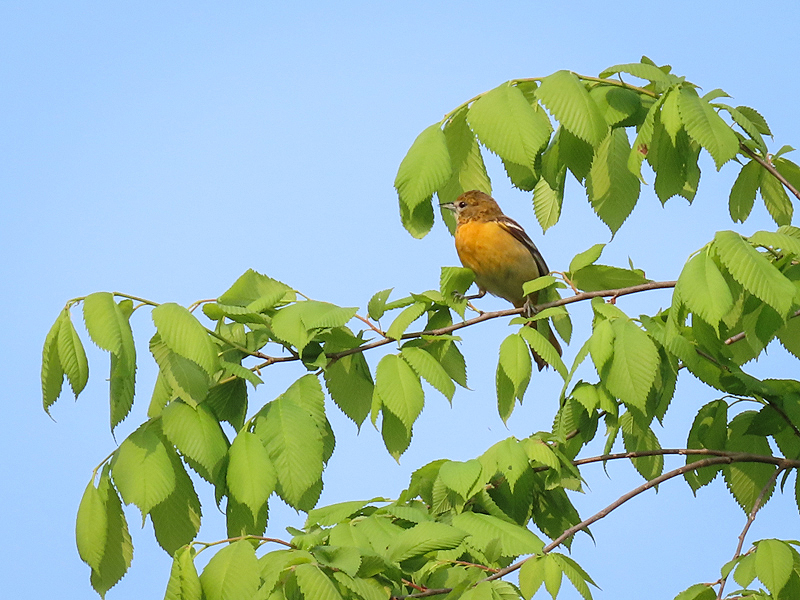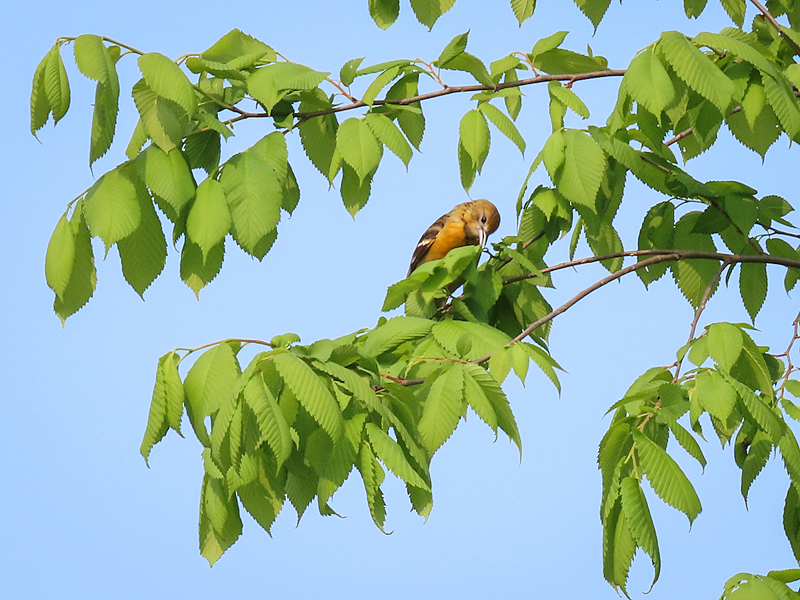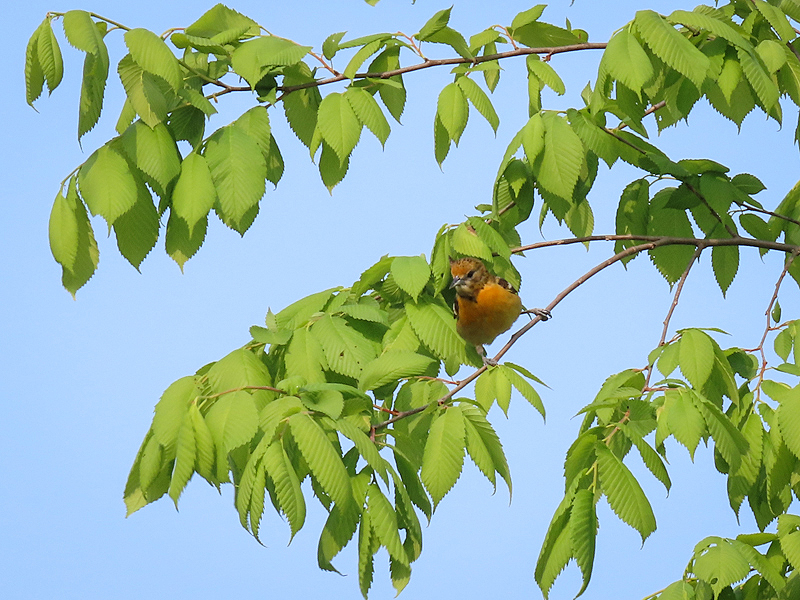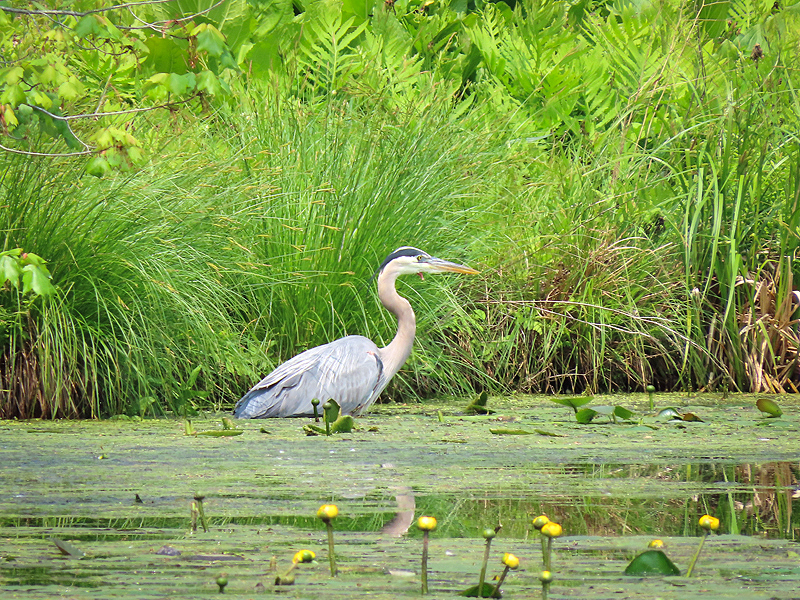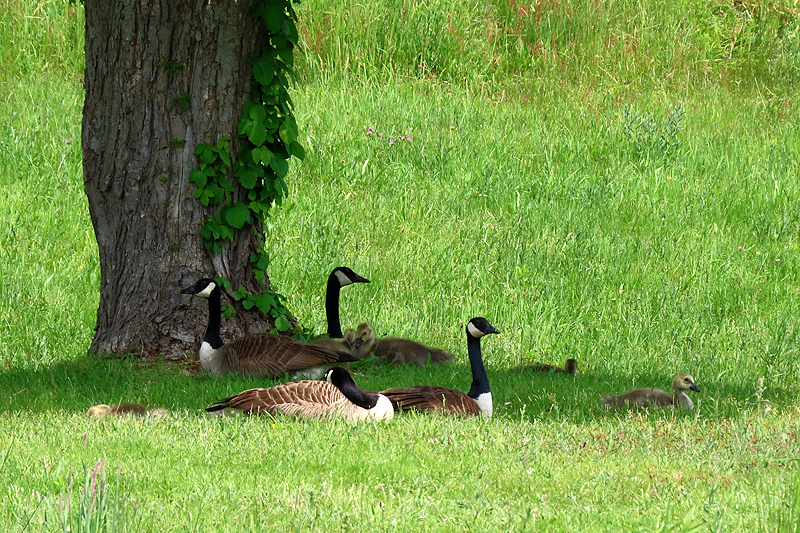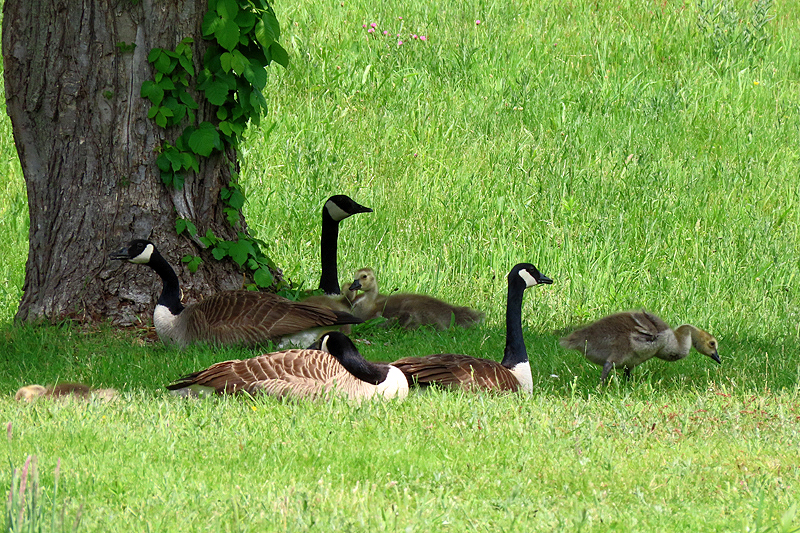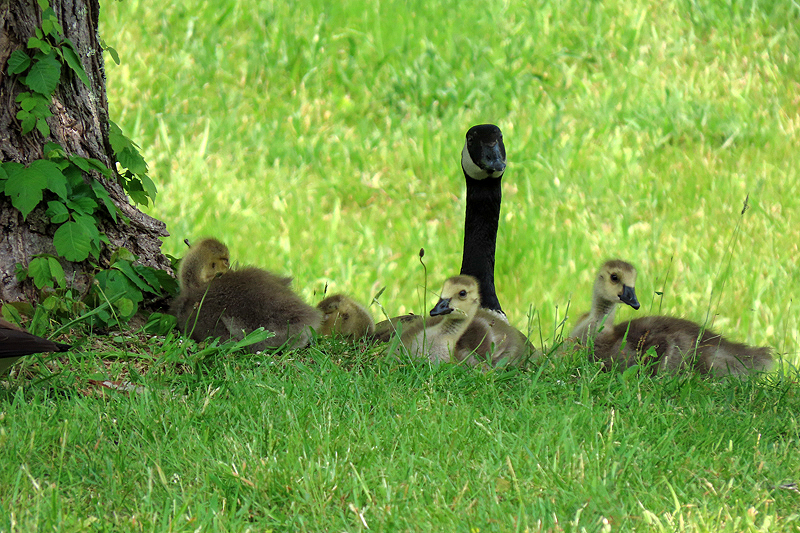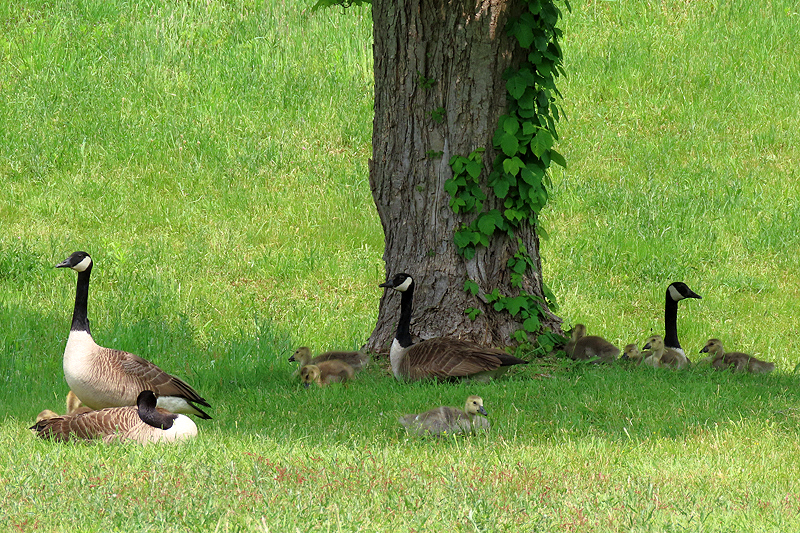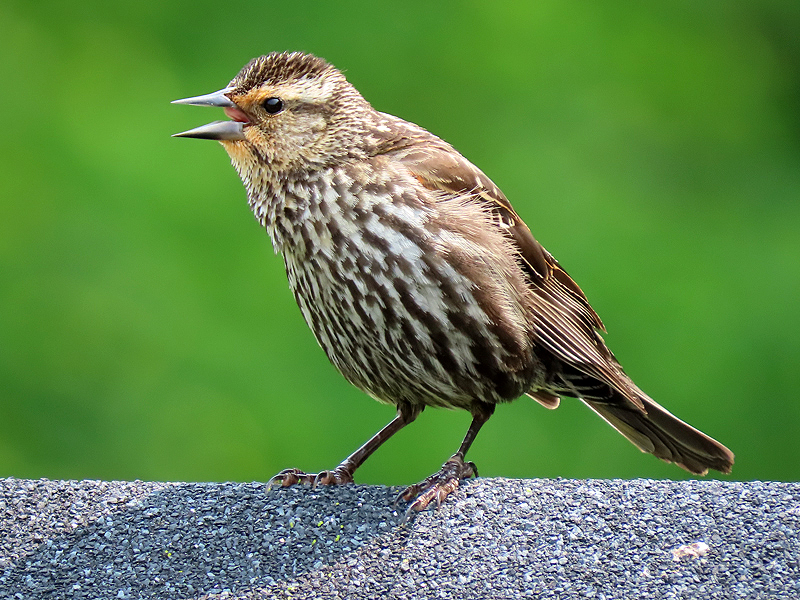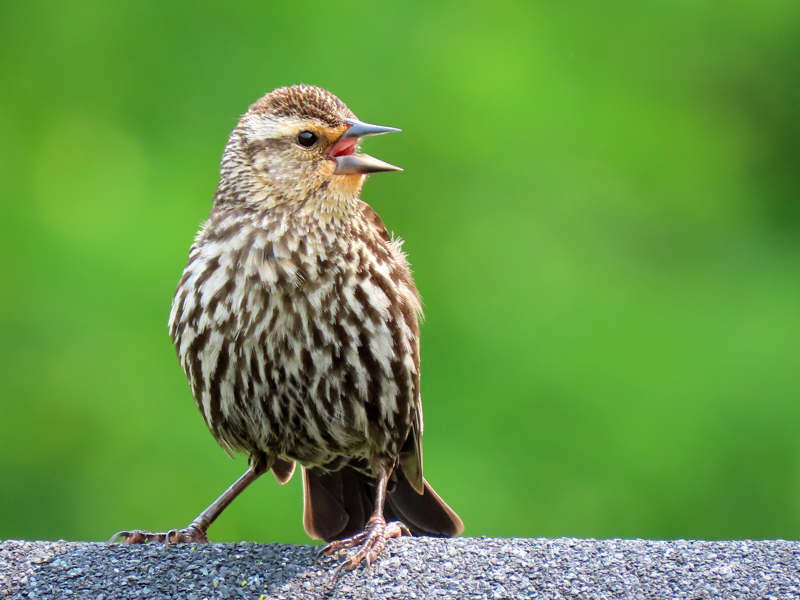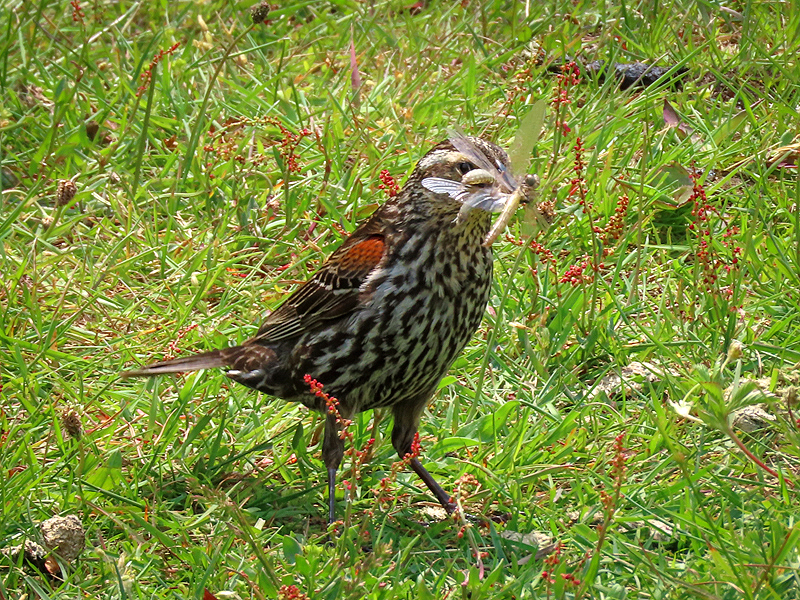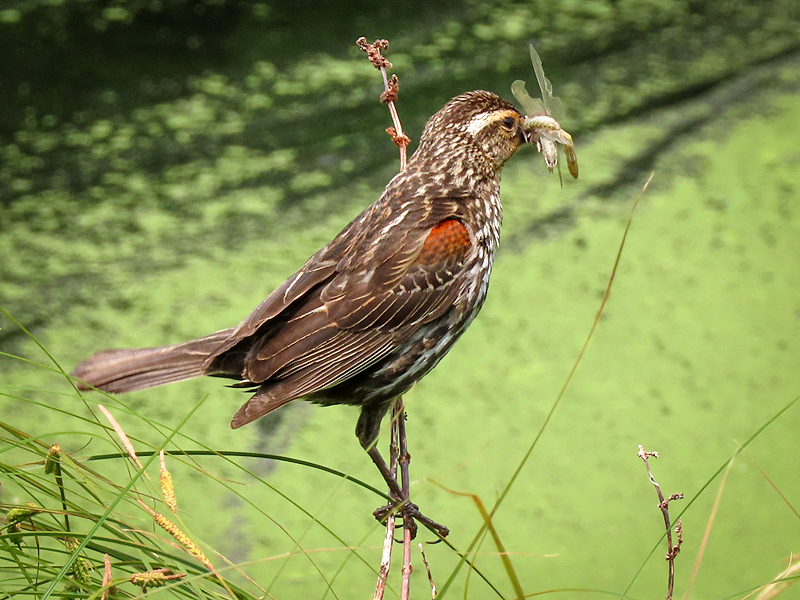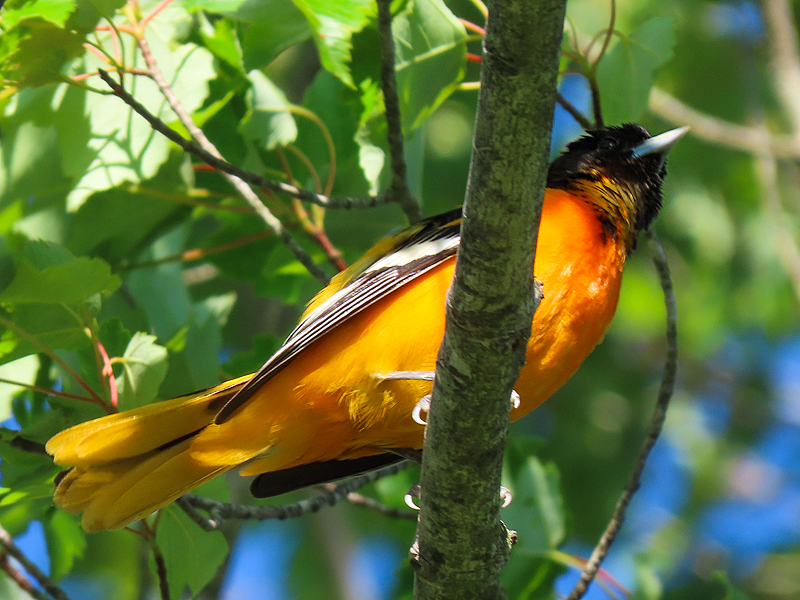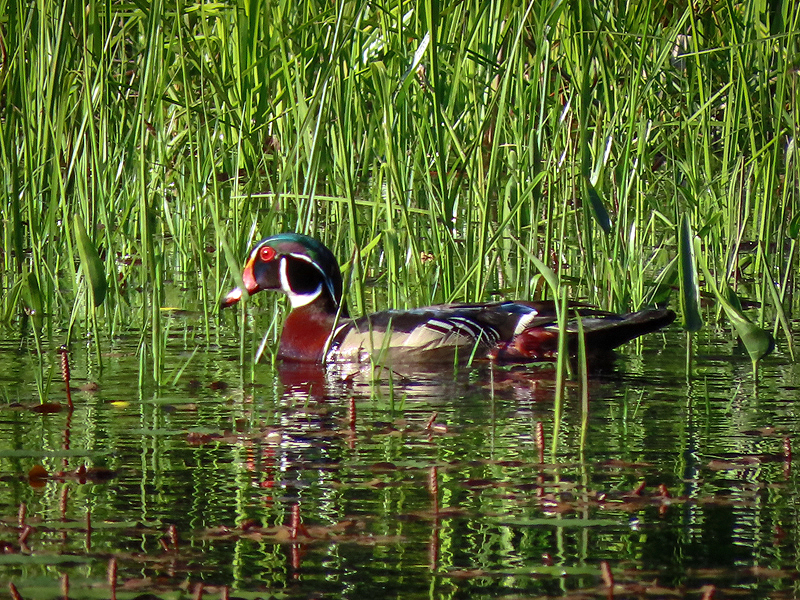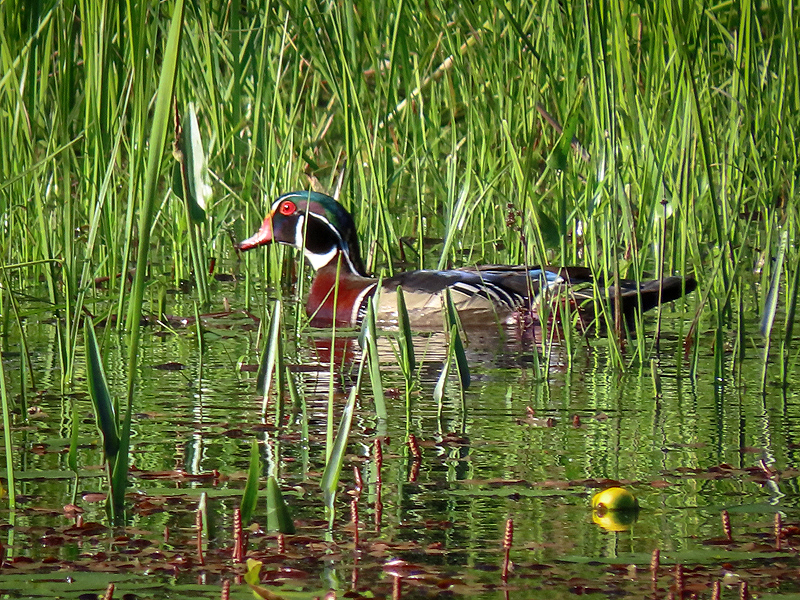Along the Air Line... 2023 - Spring, Part 16 The Air Line Trail in Eastern Connecticut - Stan Malcolm Photos |
HOME: Air Line... 2023 Pages Menu Stan's FlickR Albums |
May 23rd. Terminal clusters of False Solomon's-seal (Smilacina racemosa). blossoms are just about fully open. |
|
Ox-eye Daisies (Formerly Chrysanthemum leucathemum, are now called Leucanthemum vulgare). |
|
|
Eastern Kingbird (Tyrannus tyrannus) far across the marsh. |
A pair of Wood Ducks (Aix sponsa)... |
|
...and a spare male. |
Two distant Red-shouldered Hawks (Buteo lineatus). Thanks, Russ, for the ID.) |
Through this series of photos, their heads were always scanning around. |
|
|
|
|
|
|
A few minutes later, one of them had moved a bit. |
|
A few Pink Lady's Slipper orchids (Cypripedium acaule) still blooming. |
A couple of stops by the trail along River Road. Lesser Stitchwort (Stellaria graminea). |
|
Take a moment to look at the tiny "weeds" around your yard. They're impressive close up. |
Common Cinquefoil (Potentilla simplex). |
|
With common names like snake spit or spider spit, this froth is produced by nymphal Froghoppers, also called Spittlebugs (Family Cercopidae). |
The froth protects the nymphs from predators and dessication. It's made by whipping up excess plant juices passed from the anus. The nymphs need to process a lot of plant juice because its nutrient content is so dilute. |
This is probably the Meadow Spittlebug (Philaenus spumarius), an introduced species known to feed on over 400 species of plants. |
Great Solomon's-seal (Polygonatum canaliculatum). |
|
I watched an American Robin (Turdus migratorius) bring loads of muddy plant debris to a nest it was building above where I parked. |
|
|
|
|
May 24th. A female Baltimore Oriole (Icterus galbula) foraging. |
|
|
An afternoon stop at Cranberry Bog. Great Blue Heron (Ardea herodias). Later it flew off while being chased by a male Red-winged Blackbird. |
Canada Geese (Branta canadensis) and goslings in the shade of a tree. |
Goslings have grown a lot. |
|
|
The usual female Red-winged Blackbird (Agelaius phoeniceeus) diving at me and telling me to scram. |
Here it perched atop the garden shed at the east end of the pond. |
Later it appeared with three teneral (newly emerged, unable to fly, lacking color or stiff integument) adult Dragonflies (Order Odonata) in its beak. |
As I assumed, its nest seemed to be nearby along the edge of the pond. |
May 25th. A male Baltimore Oriole (Icterus galbula). |
A male Wood Duck (Aix sponsa). |
|
